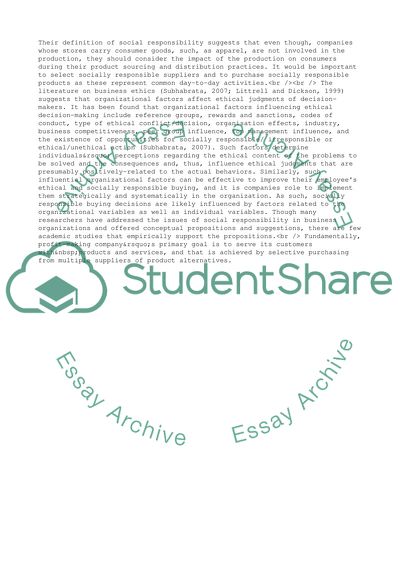Cite this document
(Socially Responsible Organizational Buying Case Study, n.d.)
Socially Responsible Organizational Buying Case Study. Retrieved from https://studentshare.org/business/1743005-socially-responsible-purchasing-programme
Socially Responsible Organizational Buying Case Study. Retrieved from https://studentshare.org/business/1743005-socially-responsible-purchasing-programme
(Socially Responsible Organizational Buying Case Study)
Socially Responsible Organizational Buying Case Study. https://studentshare.org/business/1743005-socially-responsible-purchasing-programme.
Socially Responsible Organizational Buying Case Study. https://studentshare.org/business/1743005-socially-responsible-purchasing-programme.
“Socially Responsible Organizational Buying Case Study”. https://studentshare.org/business/1743005-socially-responsible-purchasing-programme.


